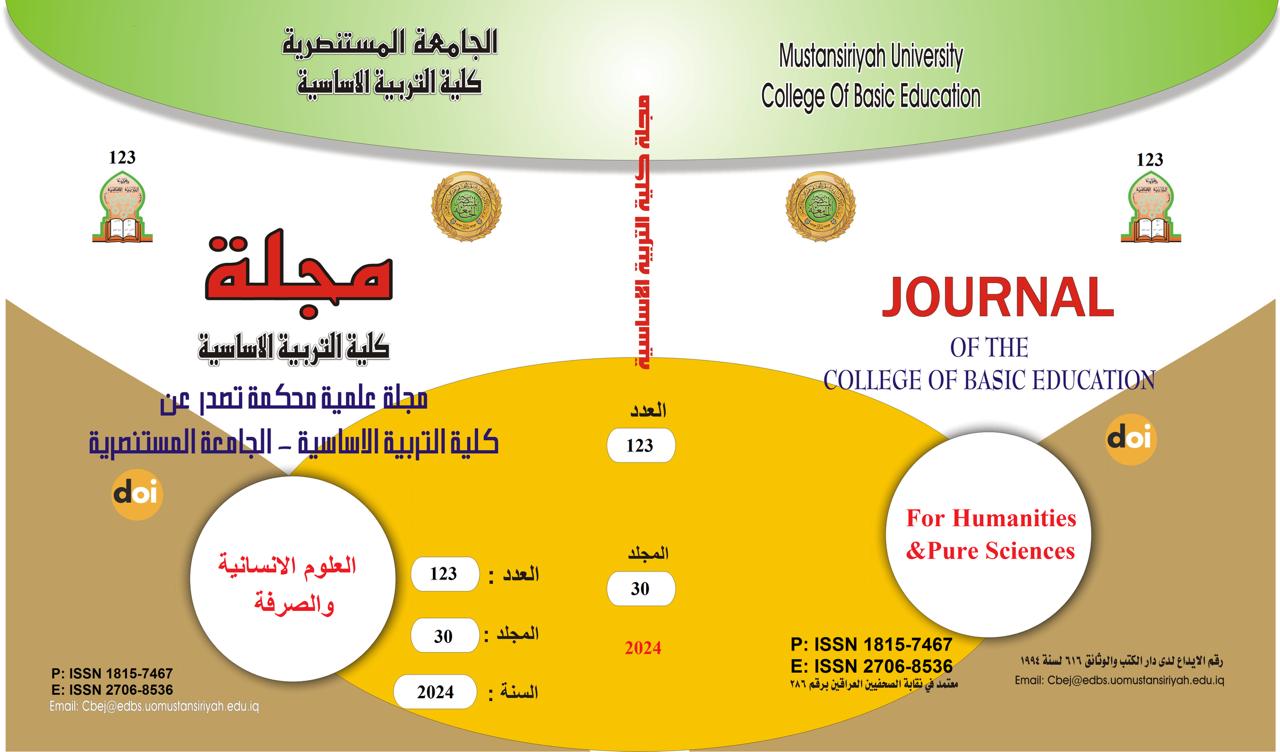The linear Paul Trap's Confined Stability Area for 40Ca+ Ions
Main Article Content
Abstract
Quantum technology offers new computational, communication, simulation, and metrology methods. Traditional computers need help to solve significant problems like factorization due to exponential increases in computation time. However, quantum computers utilize quantum mechanics for sub-exponential problem size and can simulate nature at the quantum level. Scientists are increasingly interested in developing quantum computers using single ionized atoms in Paul traps. Each ion's ground state represents the least possible qubit value. The 40Ca+ trapped ions were used in a study as an example of a quantum qubit. The MATLAB program was applied to model factors impacting the restricted state and their effects. The solutions must be stable in both directions, requiring three-dimensional confinement of Mathieu's equation. The parameter influences the electrode's distance from the trap center, UDC voltage, ion mass, and radio frequencies. A variable voltage was used to control and demonstrate its impact on a specific chain of trapped ions. This research aims to understand better optimal conditions for confinement and ions' movement from state (4S1/2) to state (4P1/2) by resonance. The quantum state is subject to modification and alteration, making it a promising tool for solving complex problems.
Article Details

This work is licensed under a Creative Commons Attribution-ShareAlike 4.0 International License.
